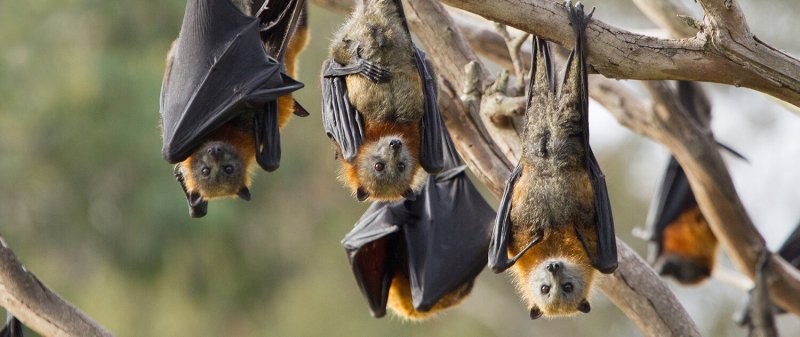To prevent the next pandemic, pinpoint it at the source. That’s the idea behind PREDICT, a global surveillance program that has spent almost 10 years hunting for new viruses that could spill over from vulnerable wildlife to humans. Now, PREDICT researchers in Myanmar have hit pay dirt with a never-before-seen virus that infects wrinkle-lipped bats—a virus in the same family as the ones that cause SARS and MERS.
…
Around 75 percent of today’s emerging infectious diseases are zoonotic, or transferred by contact between wildlife and humans.
…
“Human health is critical, but if you want to get upstream of an outbreak, you need to think increasingly about where the virus is coming from and how you can detect it,” explains Suzan Murray, director of Smithsonian’s Global Health Program, which partners with PREDICT in Myanmar and Kenya.
So far, the team has discovered over 800 new viruses globally by sampling local wildlife, livestock and human populations susceptible to transmission in over 30 countries in Africa and Asia.
…
And while species like bats are capable of harboring disease, they also confer enormous ecological benefits, including pollination and pest control, according to Angela Luis, a disease ecologist at the University of Montana who is not affiliated with PREDICT.
Read full, original post: A Never-Before-Seen Virus Has Been Detected in Myanmar’s Bats































